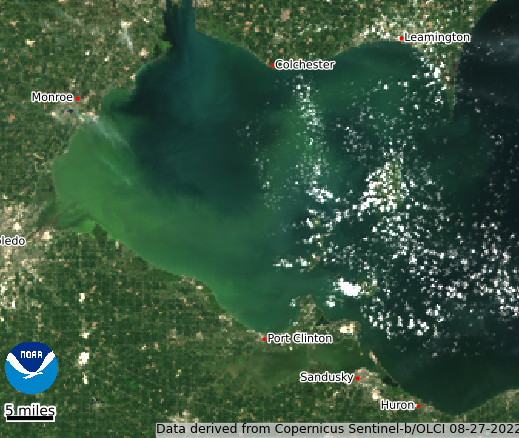
NOAA’s National Centers for Coastal Ocean Science (NCCOS) is pleased to announce a Fiscal Year 2023 Notice of Funding Opportunity (NOFO) for projects that will advance new methods for harmful algal bloom (HAB) toxin measurement in seafood to prevent human illnesses; and build and sustain capacity for monitoring and observing of HABs and associated toxins nationwide.
This effort is part of NCCOS’s Competitive Research Program Prevention, Control, and Mitigation of Harmful Algal Blooms (PCMHAB) and Monitoring and Event Response for Harmful Algal Blooms (MERHAB) programs. Tools developed by selected projects will help transition promising technologies and strategies for preventing, controlling, monitoring, and mitigating HABs and their impacts for application by end-users. Approximately $2.8M will be made available for this competition to fund the first year of up to 15 projects lasting up to five years in duration.
Marine, estuarine, and Great Lakes waters of the United States are increasingly impacted by harmful algal blooms, with blooms reported in every state. A single HAB event can cost tens of millions of dollars, including the cost of toxin monitoring; closures of shellfish beds; fish, shellfish, turtles, birds, and mammal mortalities; collapse of affected fisheries; disruptions in tourism; threats to public health and coastal resources; publication of watershed, health, drinking water and seafood advisories; and medical treatments.
As public awareness of the growing problems of HABs expands, so too has the demand for interventions that reduce or eliminate bloom impacts, for better tools and technologies to detect and track blooms, and for aid to state, tribes, and other entities who track and respond to HABs.
A letter of intent is required. The deadline for letters of intent is November 8, 2022; full applications are due January 31, 2023. The full NOFO here.
